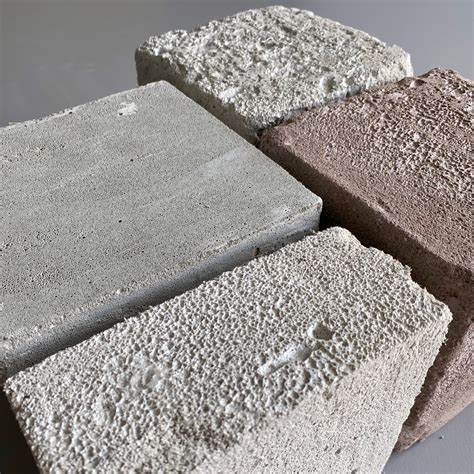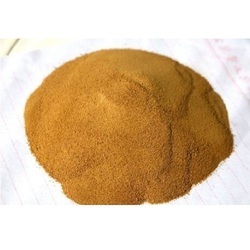Professional solutions on concrete addtives, Concrete Foaming Agent, Superplasticizer, CLC Blocks Additives, and foaming machine
(What is Vitamin C?)
What is Vitamin C?
Vitamin C is a water-soluble vitamin, chemically named L-(+)-threose type 2,3,4,5,6-pentahydroxy-2-hexenoic acid-4-lactone, also known as L- Ascorbic acid has a molecular formula of C6H8O6 and a molecular weight of 176.12. Vitamin C is usually flaky, sometimes needle-like monoclinic crystals, odorless, sour, soluble in water, and has strong reducibility. Vitamin C is used as an analytical reagent in the laboratory, such as a reducing agent, a masking agent, etc., and as a building material admixture in construction projects.
Features of Vitamin C
1. The appearance of vitamin C is a colorless crystal.
2. The melting point of vitamin C is 190-192°C, the maximum ultraviolet absorption is 245nm, and the specific rotation is +20.5° to +21.5°.
3. Vitamin C is easily soluble in water but insoluble in organic solvents. Vitamin C is stable when it is in an acidic environment, and it can promote its oxidative destruction when it encounters oxygen, heat, light, and alkaline substances in the air, especially when oxidase and traces of copper, iron, and other metal ions exist. Vitamin C can easily cause deterioration when it encounters air and heating, and it is easy to oxidize and become invalid in an alkaline solution. Vitamin C deteriorates rapidly in aqueous solution, is a strong reducing agent, and is stable to air when dry.
4. Vitamin C contains asymmetric carbon atoms and has optical isomers. The naturally occurring and physiologically active form is L-ascorbic acid.
5. The enediol group in the molecular structure of vitamin C, especially the OH at the C3 position, is strongly acidic due to the conjugation effect (pK = 4.17); the OH at the C2 position is extremely weakly acidic due to the formation of intramolecular hydrogen bonds (pK =11.75). Therefore, vitamin C generally behaves as a monobasic acid, which can react with sodium bicarbonate to form sodium salt.
6. Vitamin C is widely distributed in animals and plants.
What is vitamin C used for?
Ascorbic acid (vitamin C), a building material admixture, has been used in construction projects such as highways, high-rise buildings, bridges, and culverts and can be compounded with it. It is an excellent water reducer additive.
Vitamin C contains many strong polar functional groups, carboxyl and hydroxyl groups. These groups provide dispersion and mobility to concrete particles through adsorption, dispersion, wetting, and other surface activities and reduce frictional resistance between cement particles. The free energy of the particle-water interface increases the workability of fresh concrete. At the same time, polycarboxylic acid substances are adsorbed on the surface of cement particles. The carboxylate ions make the cement particles negatively charged, thereby causing electrostatic repulsion between the cement particles and dispersing the cement particles, resulting in inhibition of the aggregation tendency of the cement paste, increasing the contact area between cement particles and water, making the cement fully hydrated. In diffusing cement particles, the free water surrounded by aggregates is released, improving workability and reducing the mixing water.
Is ascorbic acid the same as vitamin C?
Vitamin C, aka L-ascorbic acid, is a water-soluble vitamin that occurs naturally in some foods. It is added to others and is available as a dietary supplement. Humans cannot synthesize vitamin C endogenously, unlike most animals, so it is an essential dietary component.
Concrete Release Rgent Supplier
TRUNNANO is a reliable vitamin C supplier with over 12-year experience in nano-building energy conservation and nanotechnology development.
If you are looking for high-quality vitamin C, please feel free to contact us and send an inquiry. (sales@cabr-concrete.com)
We accept payment via Credit Card, T/T, West Union, and Paypal. TRUNNANO will ship the goods to customers overseas through FedEx, DHL, by air, or by sea.
(What is Vitamin C?)







